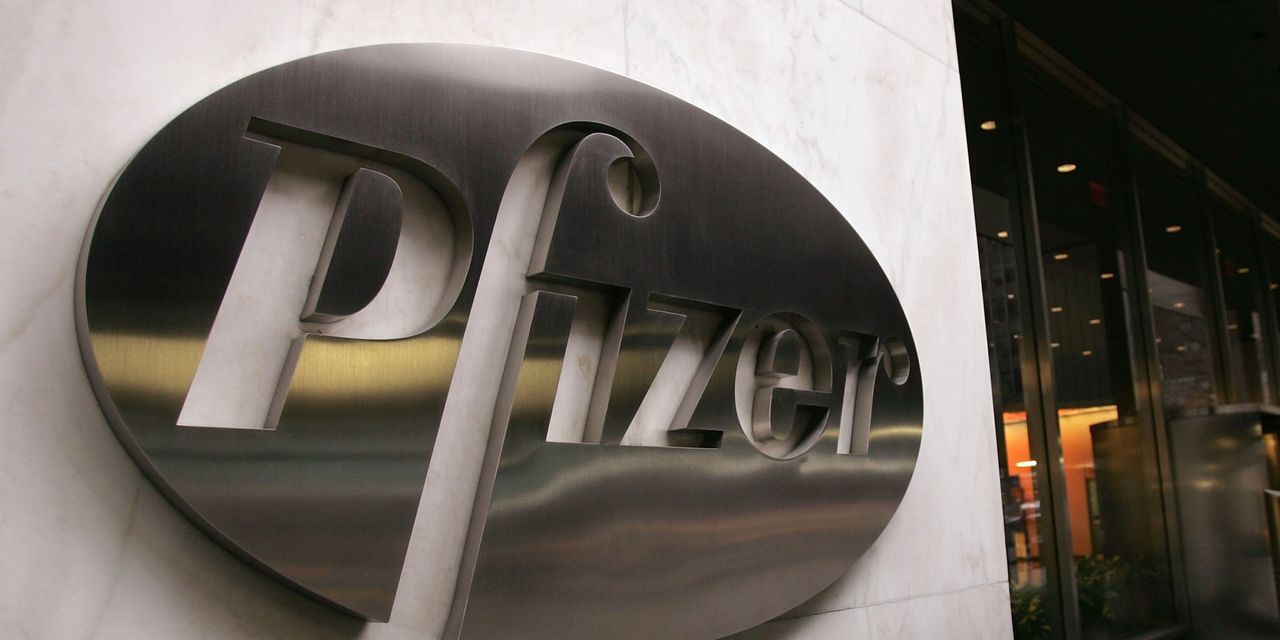Pfizer Inc.’s
PFE,
$5.4 billion acquisition of Global Blood Therapeutics Inc.
GBT,
is the latest sign that cash-flush drug makers are ready to jump back into dealmaking.
That deal was announced just days after Amgen Inc.
AMGN,
said it plans to buy ChemoCentryx Inc.
CCXI,
for $3.7 billion in cash and amid media reports that Merck & Co. Inc.
MRK,
is making plans to buy Seagen Inc.
SGEN,
for about $40 billion.
These deals hint at an action-packed second half. Though pharmaceutical and life sciences companies spent about $61 billion on deals in the first six months of the year, pharma deal activity is down 30% on a semi-annualized basis, according to PwC. Many signs point to a changing merger-and-acquisition (M&A) landscape for the rest of this year as drug makers take steps to shore up their pipelines in advance for the generic competition that’s coming this decade.
“2022 will be a year of bolt-on transactions in the $5 [billion] to $15 billion range,” the PwC authors wrote. “However, don’t rule out the potential for larger deals — consolidation is good for the health ecosystem and drives broader efficiency.”
The SPDR S&P Pharmaceuticals exchange-traded fund
XPH,
has rallied 13.2% over the past three months and slipped 6.4% year to date, while the S&P 500 index
SPX,
has gained 3.1% the past three months and dropped 13.7% this year.
The biggest deal so far this year is Pfizer’s $11.6 billion acquisition of Biohaven Pharmaceutical Holding Co. Ltd.
BHVN,
in cash. That deal is expected to add $6 billion in peak sales to the business. Pfizer, which has generated billions of dollars of sales of its COVID-19 antiviral and the vaccine it developed with BioNTech SE
BNTX,
had about $2.4 billion in cash on hand, as of April 3, according to securities filings.
“We’re leaving very few stones unturned when we look at opportunities, and our focus is going to be consistent,” Aamir Malik, Pfizer’s chief business innovation officer, told investors on the company’s last earnings call. “It’s on scientific substrate that has the potential breakthrough for patients, deals that accelerate our top-line growth in the back half of the decade, and then opportunities where we can add substantial value, whether that’s through our scientific chops and/or our commercial capabilities.”
Analysts also expect more deals out of Amgen, with S&P Global Ratings predicting the company will spend between $2 billion and $4 billion each year. The company has about $5.2 billion in cash.
That said, there are still some big unknowns for pharmaceutical companies, including legislation that is expected to pass this week that would allow the U.S. government to negotiate drug prices and a Federal Trade Commission that is paying close attention to pharmaceutical M&A.
“Access to medicine is already imperiled by untenable costs,” FTC Commissioner Rebecca Kelly Slaughter said in June, according to Biopharma Dive. “When mergers diminish competition in pharmaceutical markets, the result is higher prices.”
